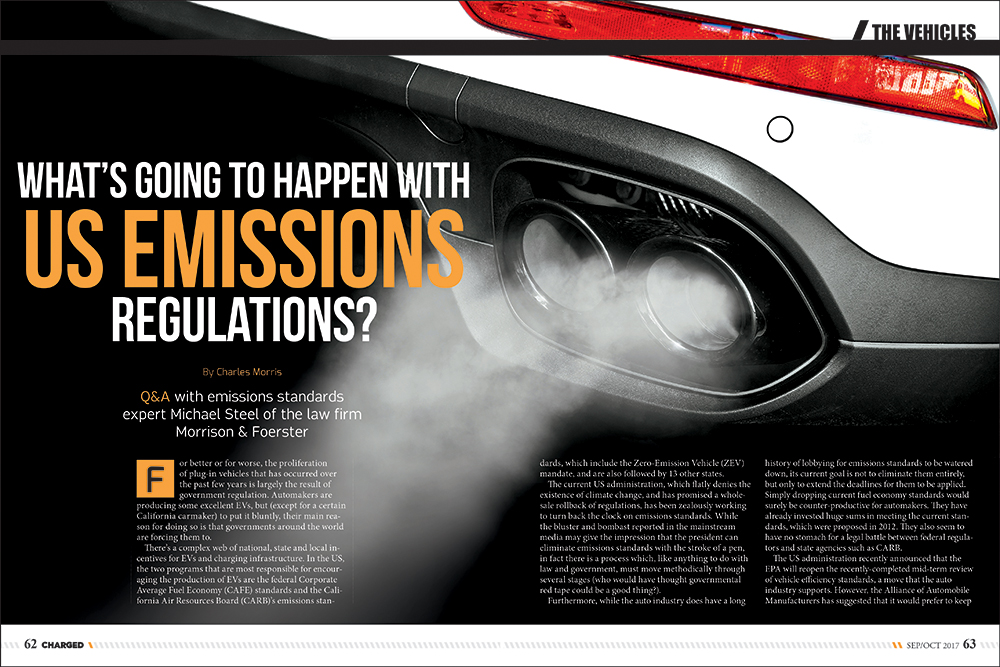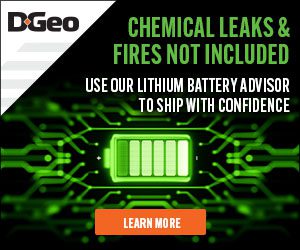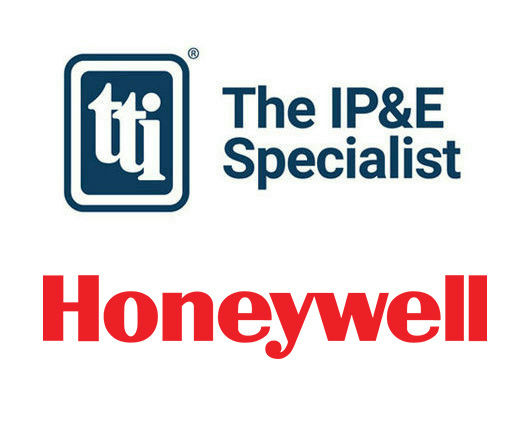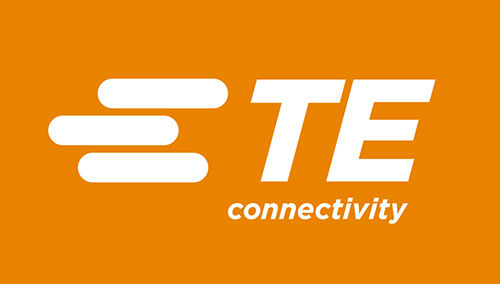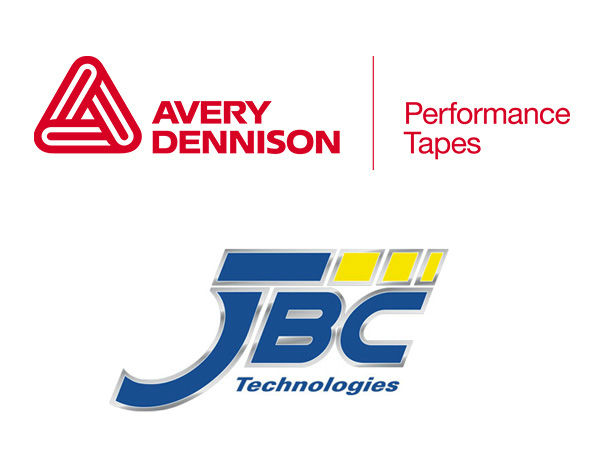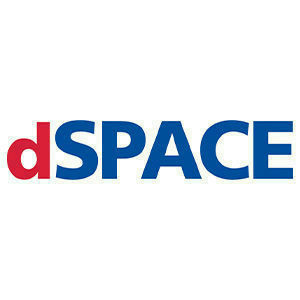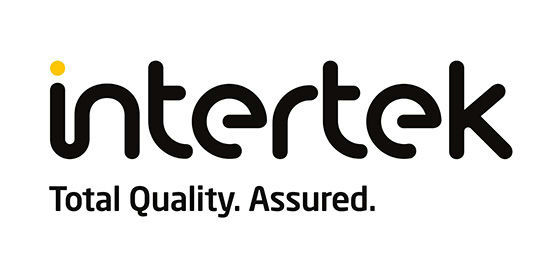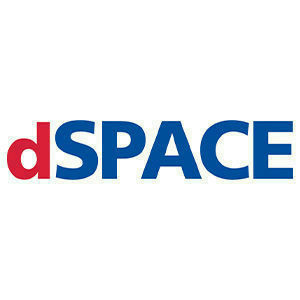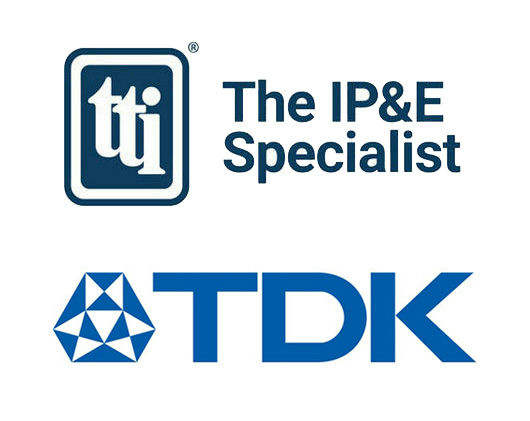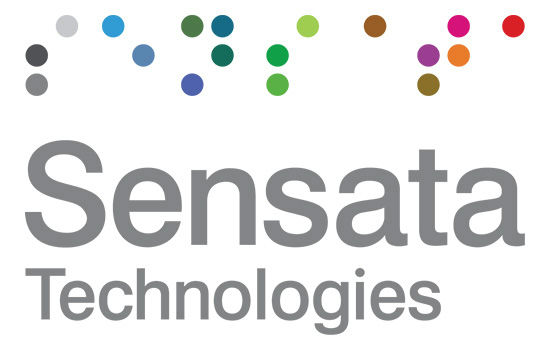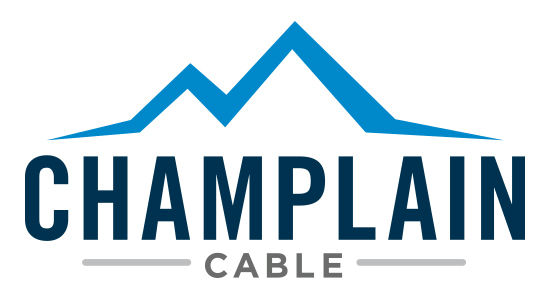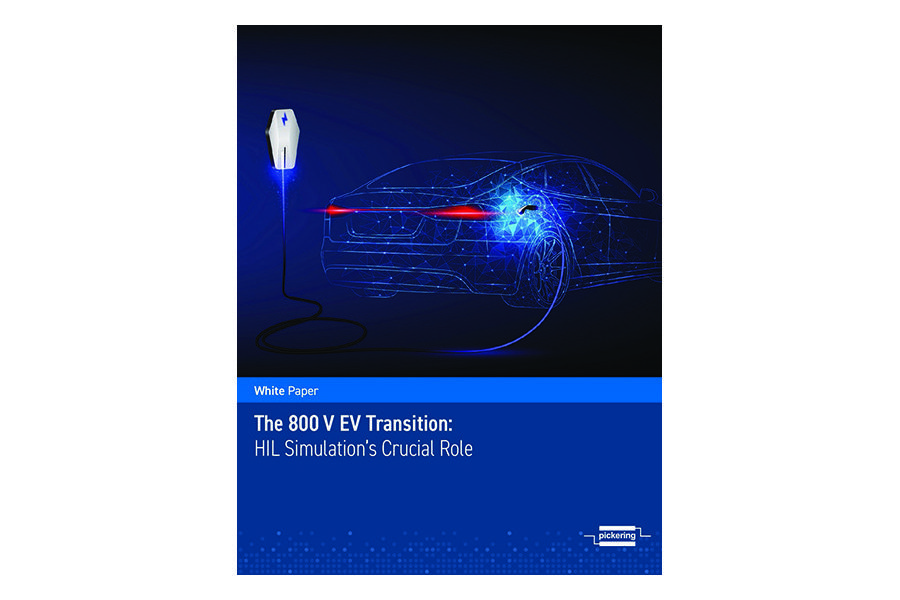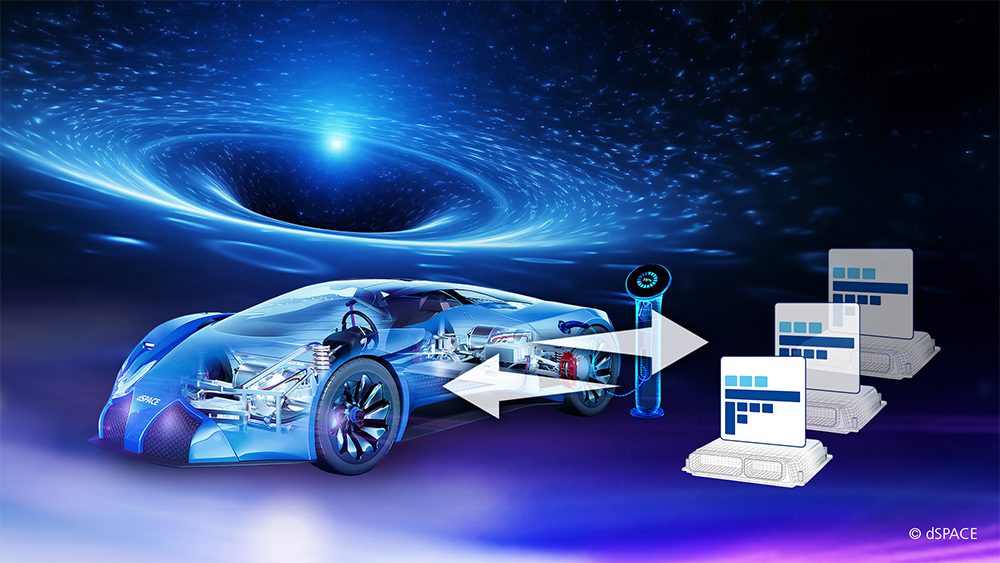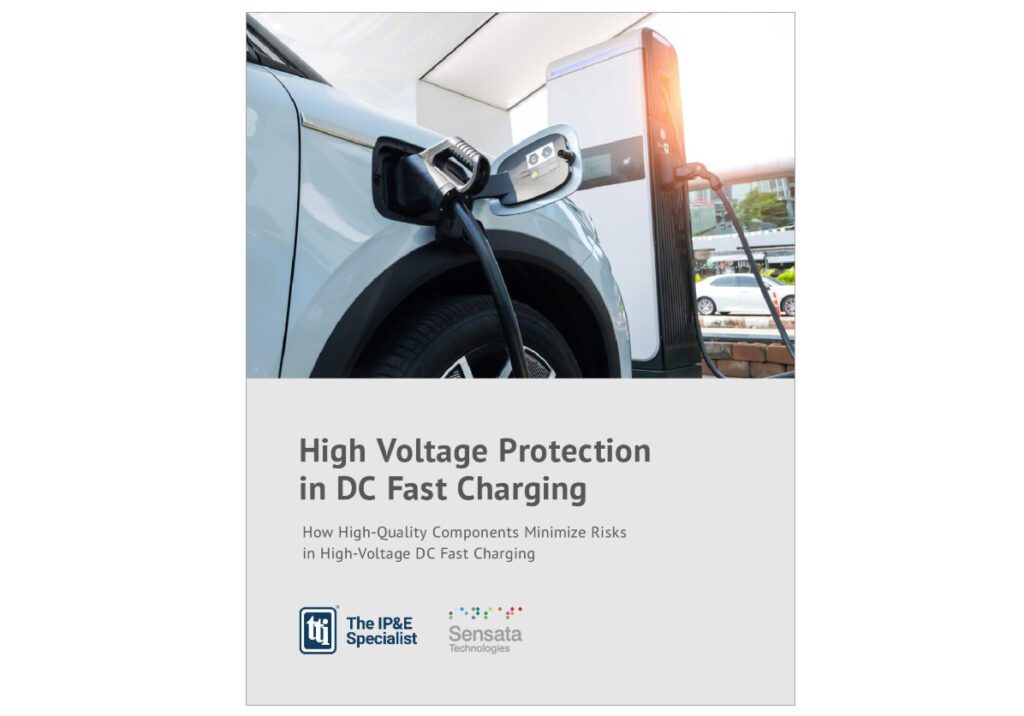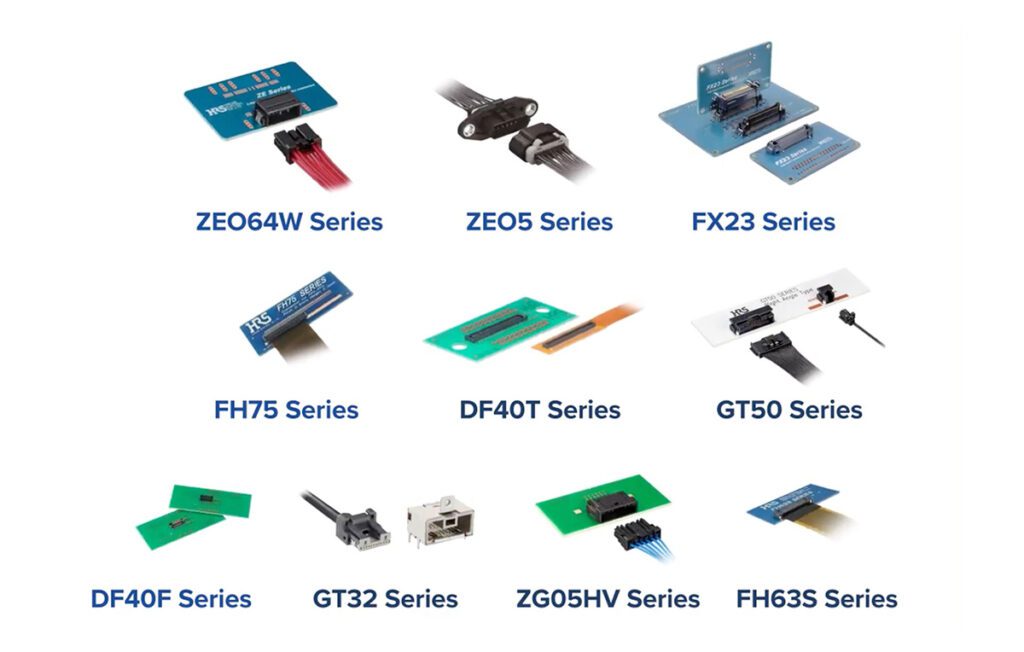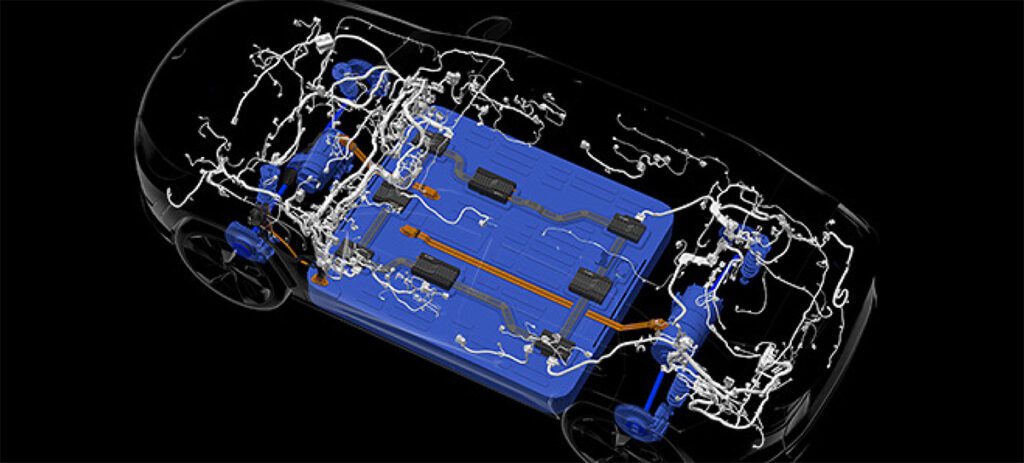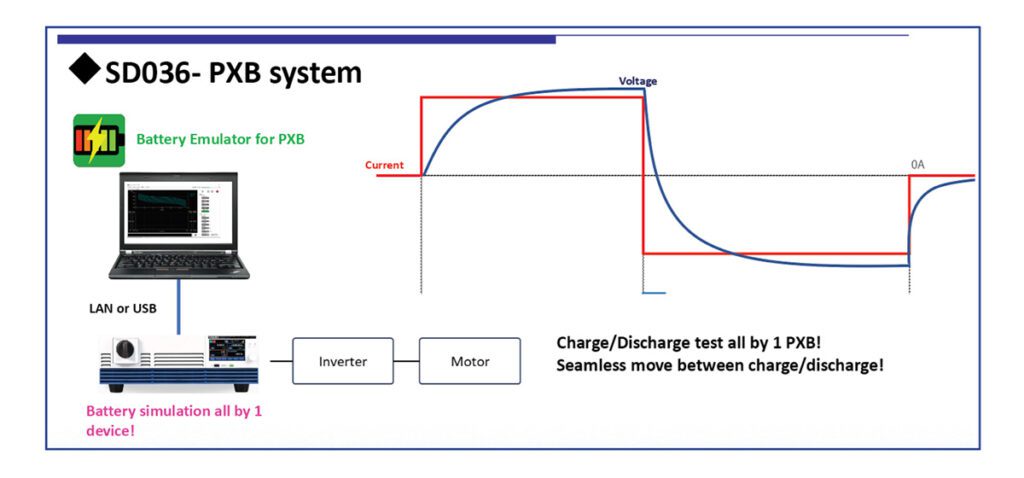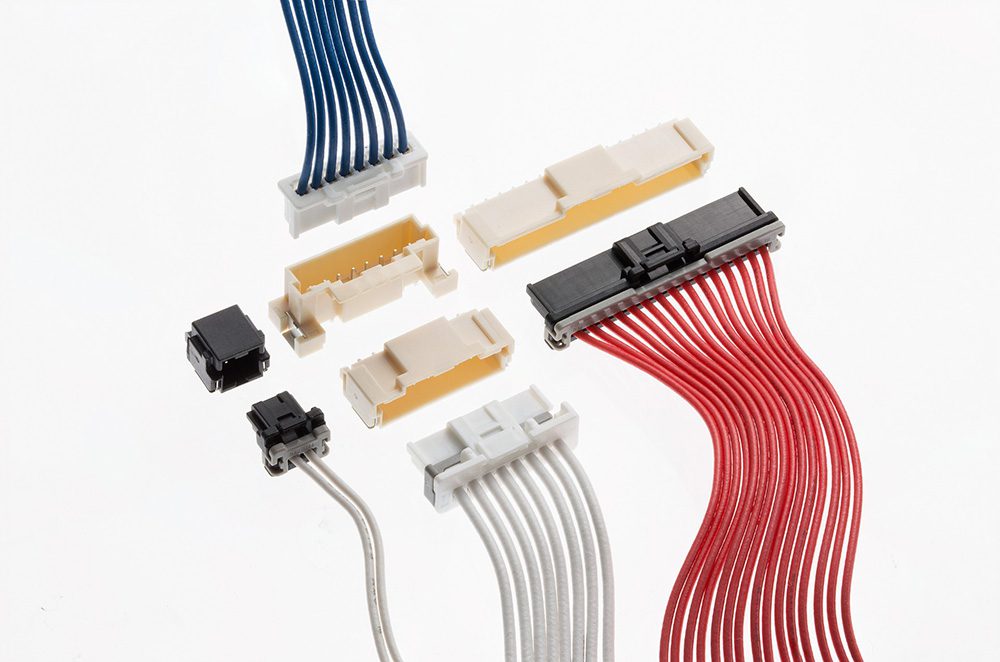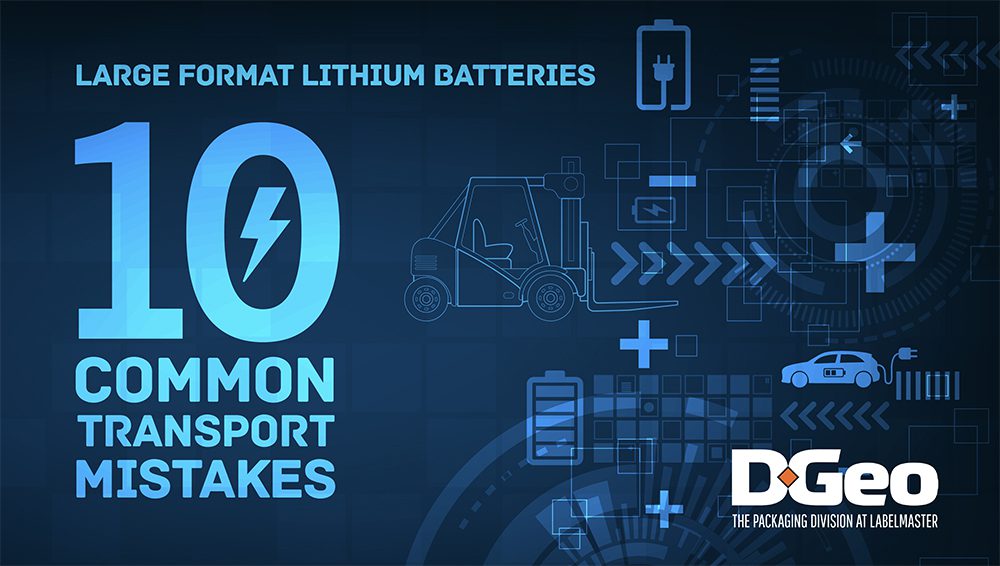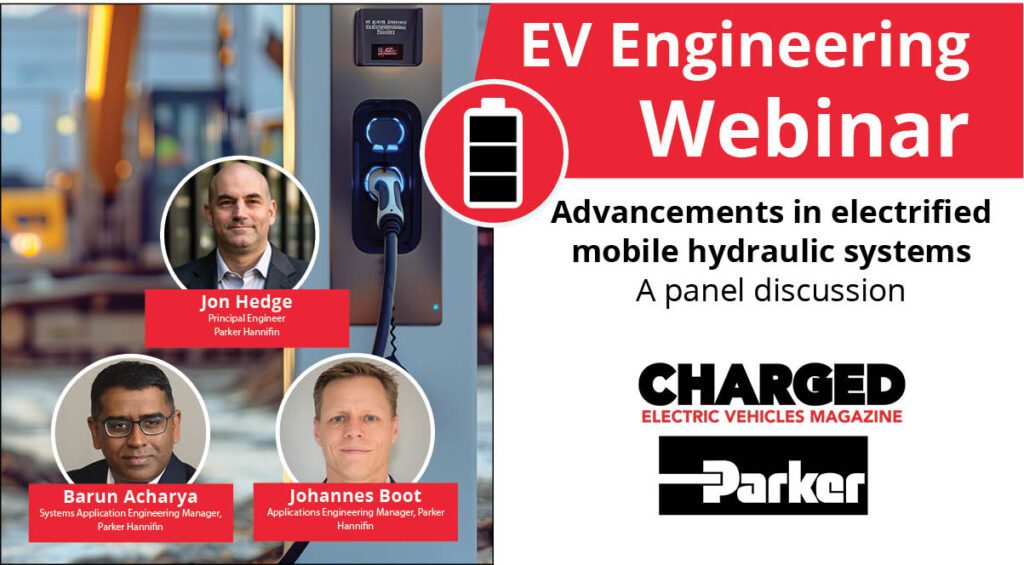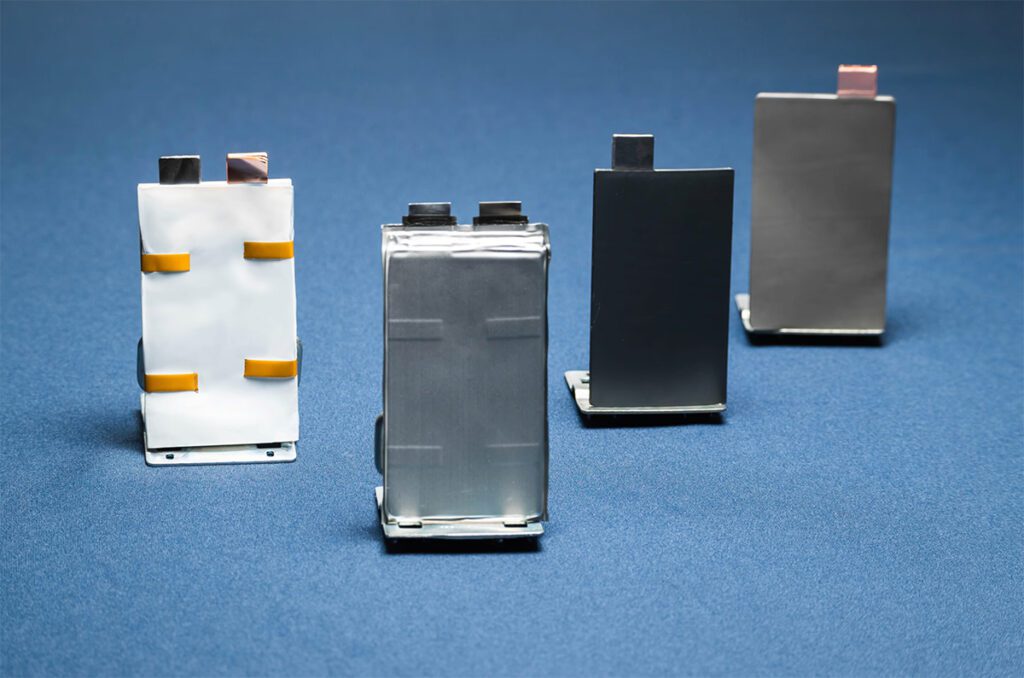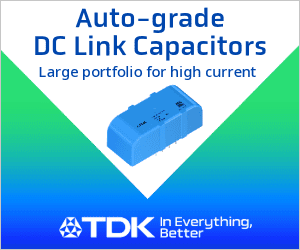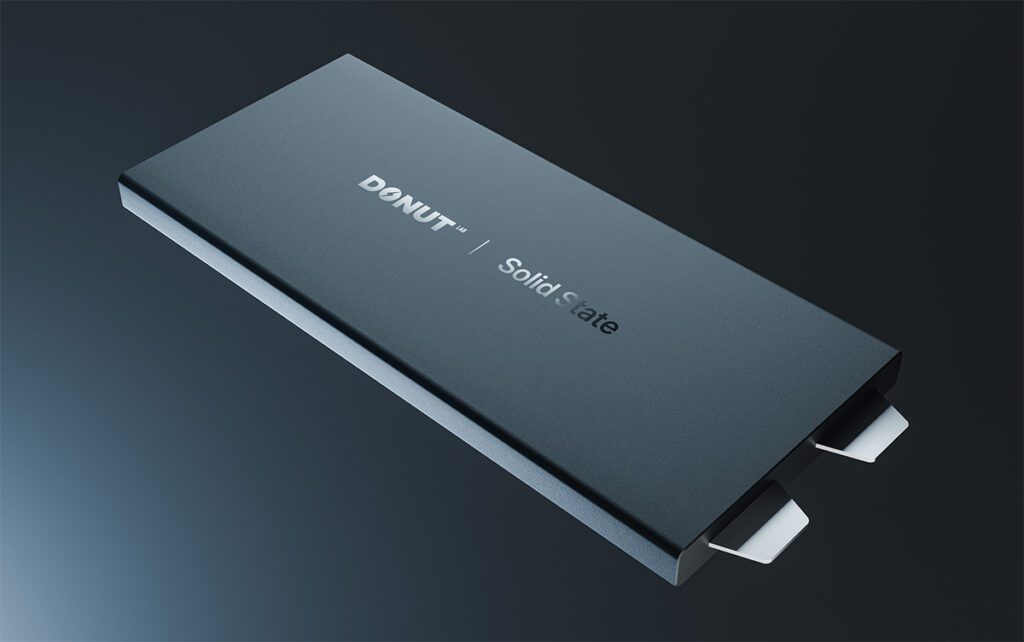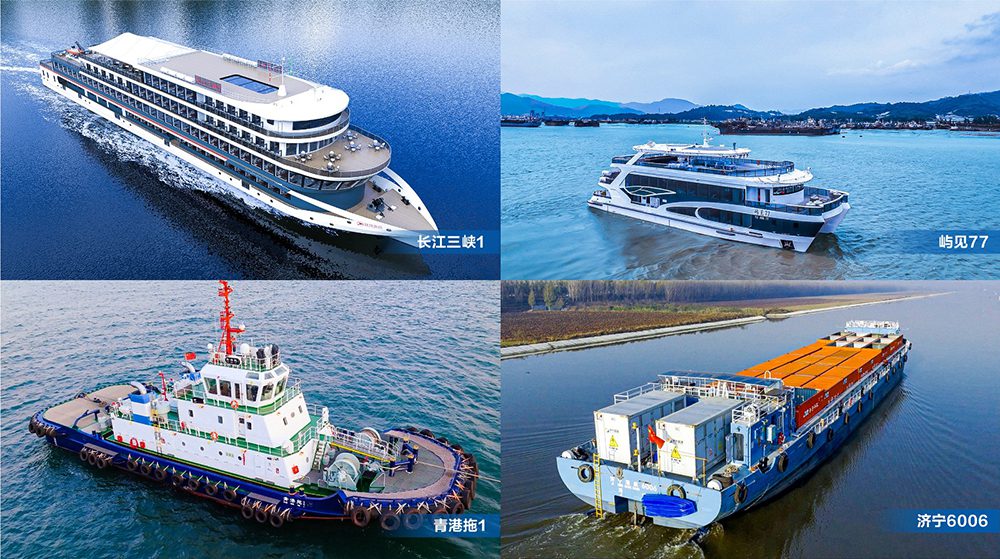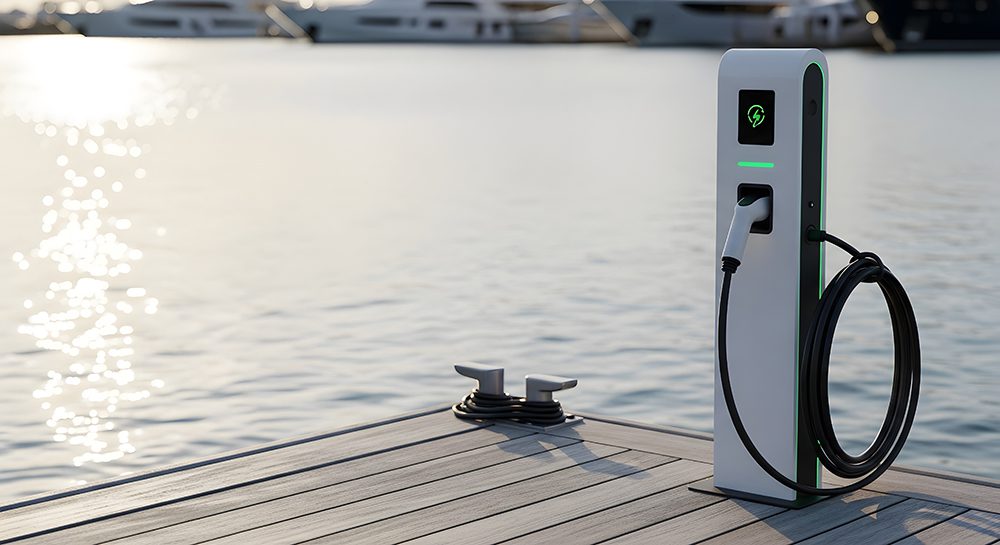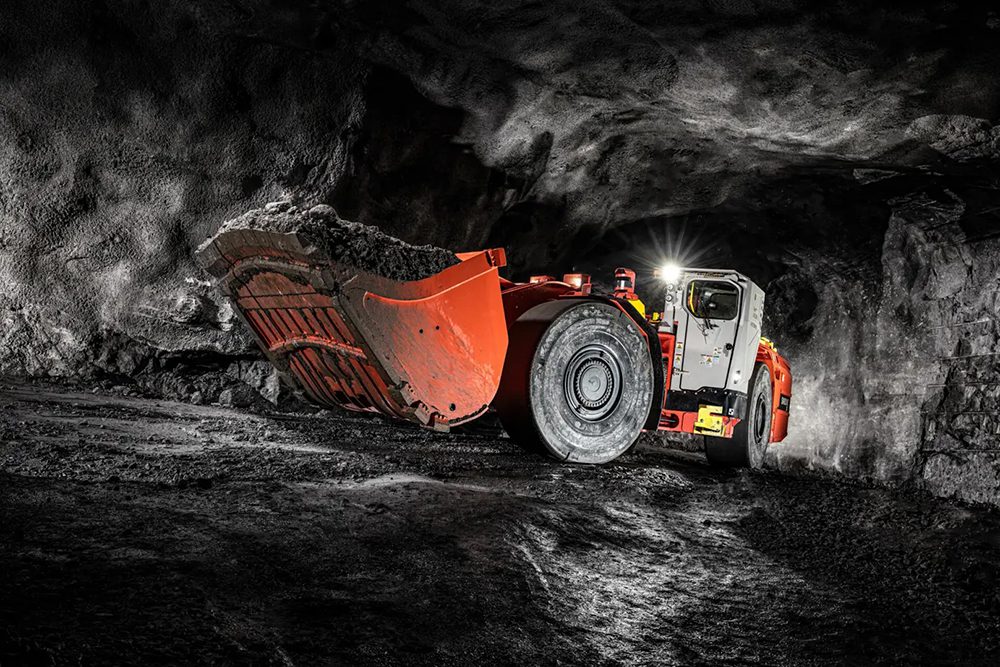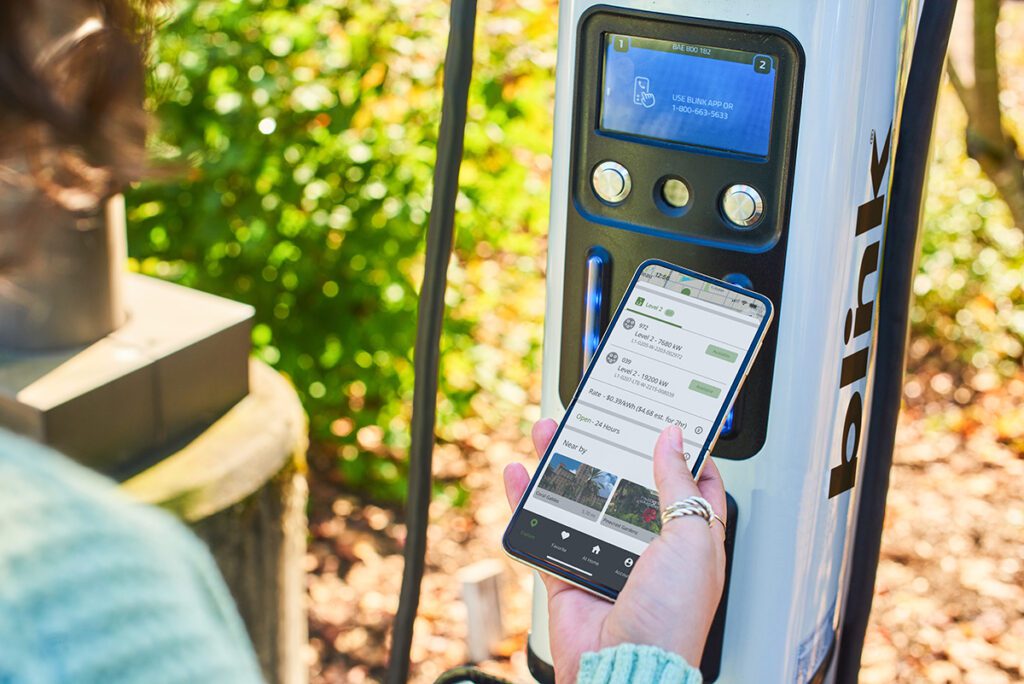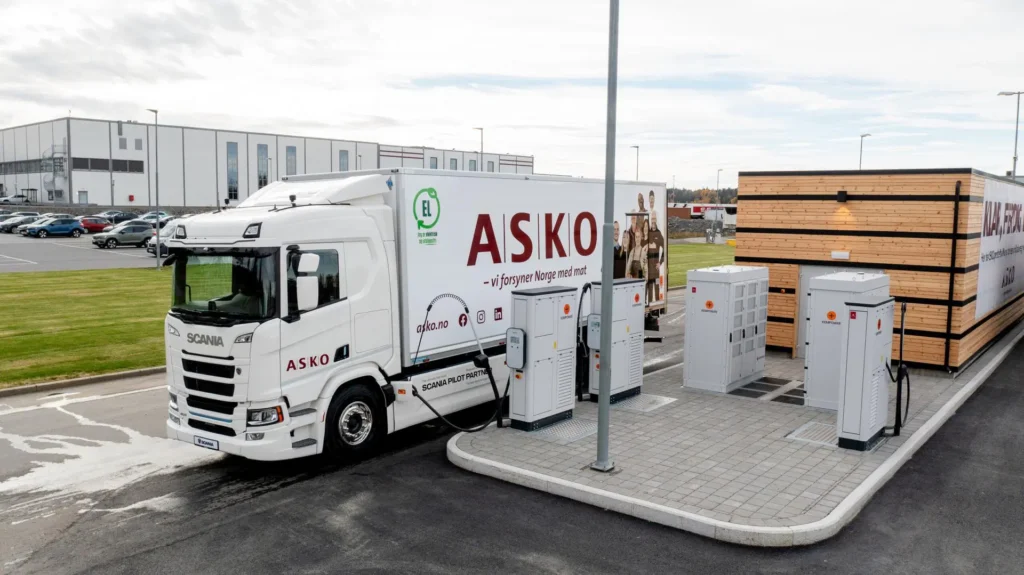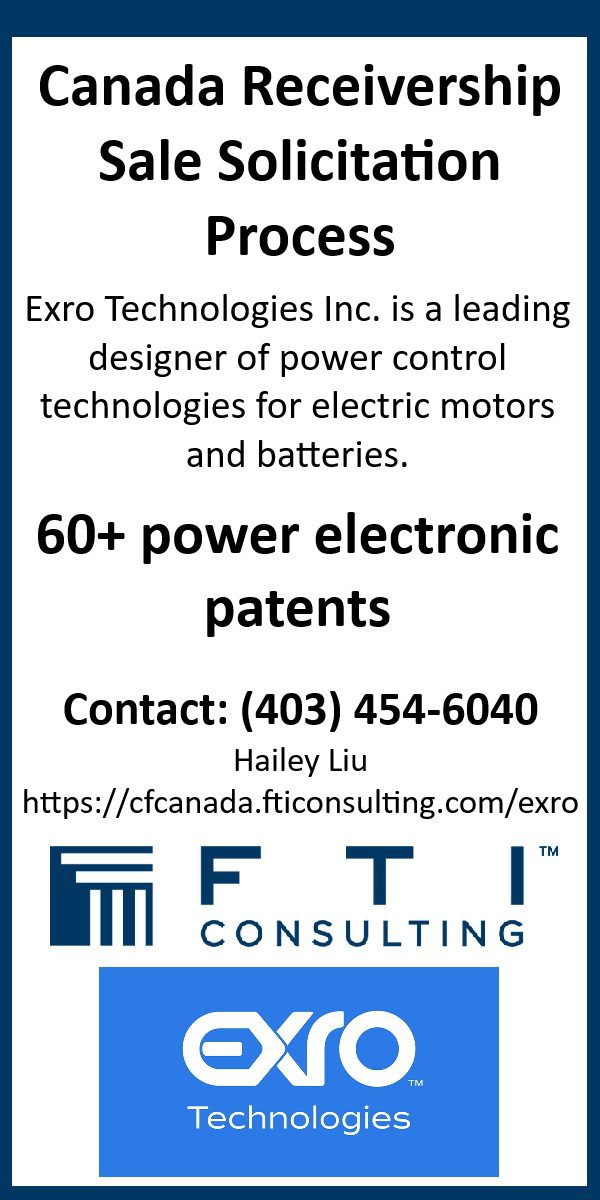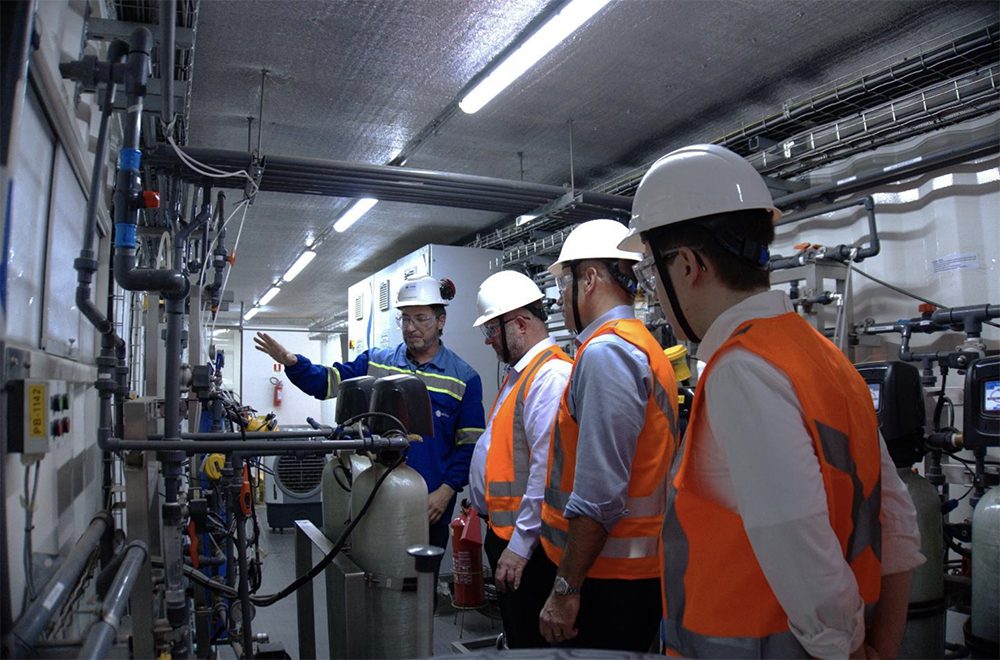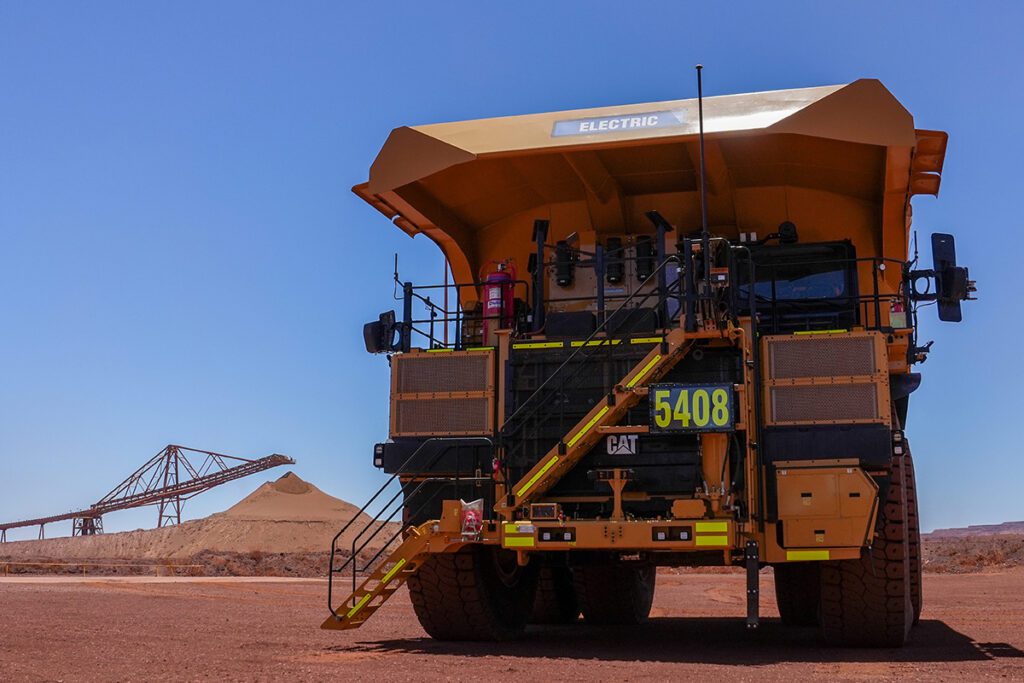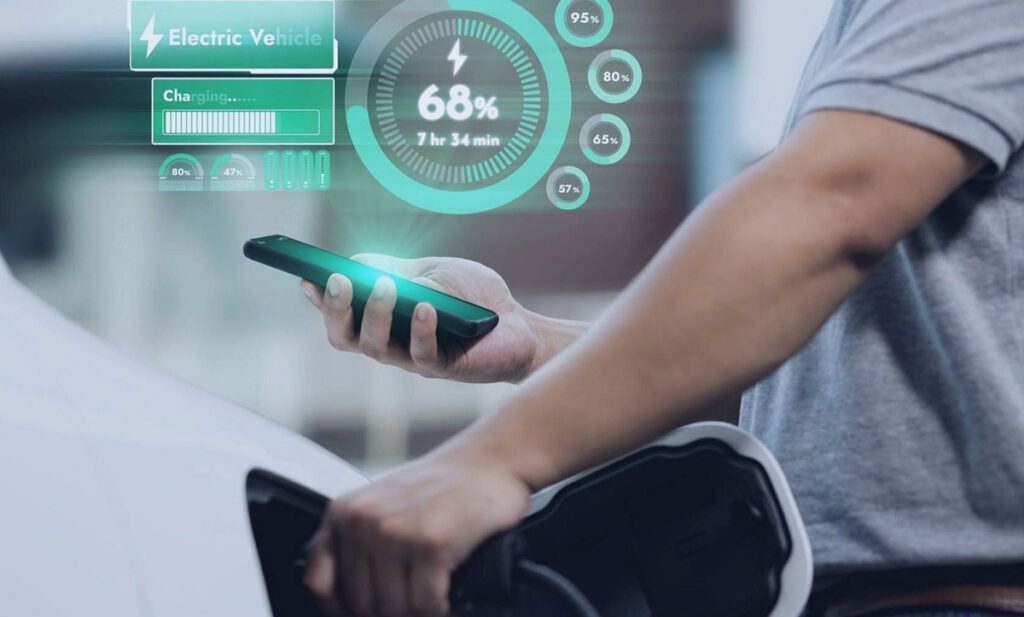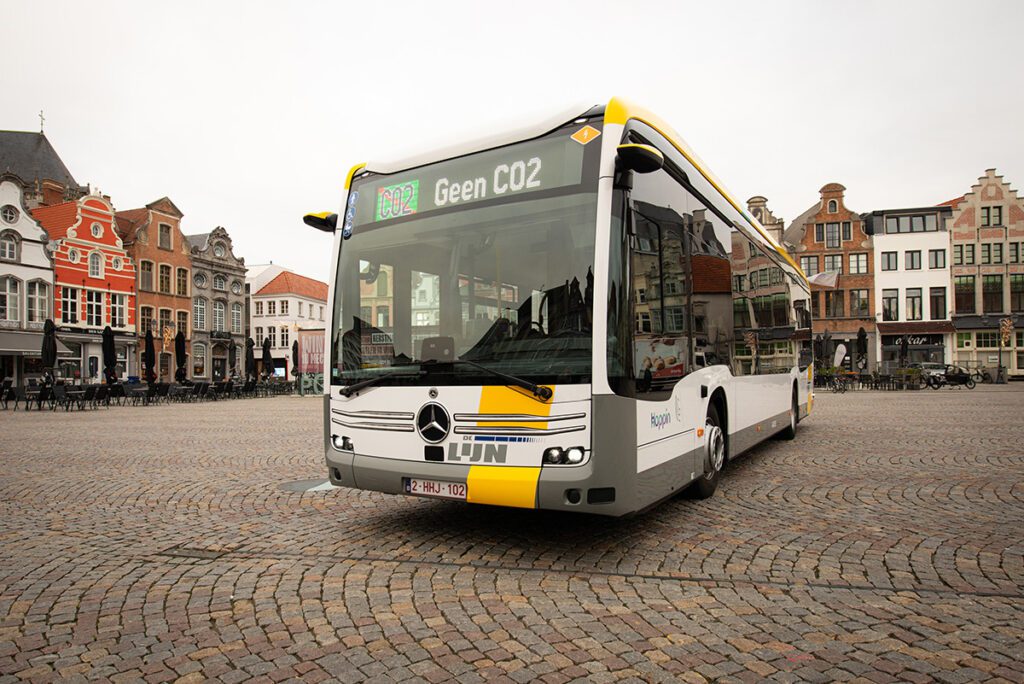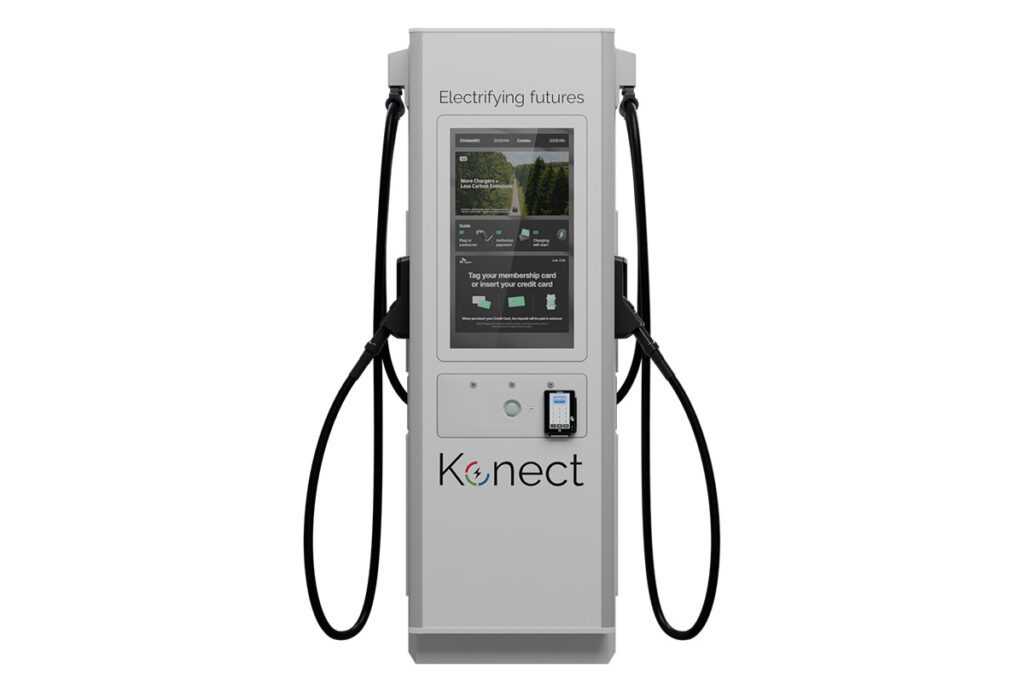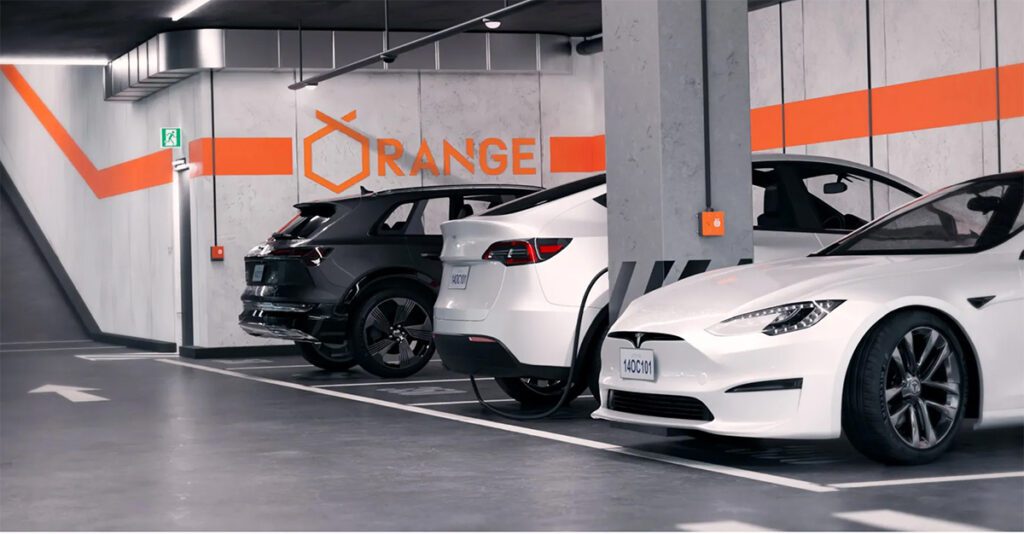Q&A with emissions standards expert Michael Steel of the law firm Morrison & Foerster
For better or for worse, the proliferation of plug-in vehicles that has occurred over the past few years is largely the result of government regulation. Automakers are producing some excellent EVs, but (except for a certain California carmaker) to put it bluntly, their main reason for doing so is that governments around the world are forcing them to.
There’s a complex web of national, state and local incentives for EVs and charging infrastructure. In the US, the two programs that are most responsible for encouraging the production of EVs are the federal Corporate Average Fuel Economy (CAFE) standards and the California Air Resources Board (CARB)’s emissions standards, which include the Zero-Emission Vehicle (ZEV) mandate, and are also followed by 13 other states.
The current US administration, which flatly denies the existence of climate change, and has promised a wholesale rollback of regulations, has been zealously working to turn back the clock on emissions standards. While the bluster and bombast reported in the mainstream media may give the impression that the president can eliminate emissions standards with the stroke of a pen, in fact there is a process which, like anything to do with law and government, must move methodically through several stages (who would have thought governmental red tape could be a good thing?).
Furthermore, while the auto industry does have a long history of lobbying for emissions standards to be watered down, its current goal is not to eliminate them entirely, but only to extend the deadlines for them to be applied. Simply dropping current fuel economy standards would surely be counter-productive for automakers. They have already invested huge sums in meeting the current standards, which were proposed in 2012. They also seem to have no stomach for a legal battle between federal regulators and state agencies such as CARB.
The US administration recently announced that the EPA will reopen the recently-completed mid-term review of vehicle efficiency standards, a move that the auto industry supports. However, the Alliance of Automobile Manufacturers has suggested that it would prefer to keep existing vehicle emission limits, but stretch out the timeline. Alliance President Mitch Bainwol recently said that the goals of increasing fuel efficiency and reducing carbon emissions are not in dispute. “There is a profound consensus perspective on fuel economy and greenhouse gases,” he wrote. “The only issue is the degree of the slope.”

Charged spoke with Partner Michael Steel of the California law firm Morrison & Foerster about the likely timeline of any changes to the regulations. Steel is an environmental lawyer who advises companies on local and statewide pollution requirements, and has worked with both private-sector and California government entities on the implementation of the state’s climate change legislation. He has clients within the auto industry that are following the issue of the CAFE standards closely.
Charged: The US administration wants to roll back fuel economy standards, but that’s a multi-step process that will take some time. What’s the current state of play?
Michael Steel: One thing that was agreed to at the time that these standards, which will apply until 2025, were adopted, was that there would be a mid-term review by EPA, and also by the state of California, to determine whether those standards were too onerous, whether they were working, and so forth. So EPA, right before the end of the Obama administration, issued its mid-term report, actually issued it early, and concluded that everything was fine – “These 2025 standards are great, let’s stay the course” – and California shortly thereafter issued a similar mid-term report.
The EPA withdrew that report after the change of administration, said that it wanted to consider it further, and that it would issue the report sometime in 2018. That mid-term review, if revised, could provide a basis for revisiting these 2025 standards. I think it’s a tall order for EPA to come up with data that would change the mid-term review. It’s a very comprehensive, highly technical, detailed analysis with a ton of information in it. I think it’s difficult to go back and say, ‘Oh never mind, all that data is wrong.’ But you never know what’s going to happen.
Charged: So nothing changes right away, right? Nothing’s going to change until 2018 when they reissue that mid-term review.
Steel: At the soonest, and even then, it may very well be that it comes out basically saying, leave things as they are. There’s an administrative process that people have to go through, and those rarely move faster than a year or two. So when you think about it, really the soonest that this could happen, if they were really motivated, would be towards the end of [Trump’s] first term.
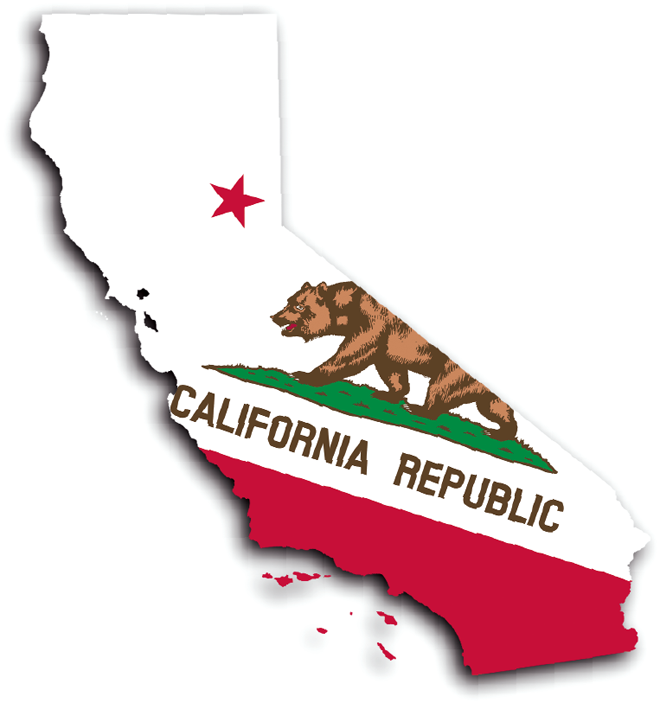
Charged: Is there anything that the federal government can do to weaken the California ZEV mandate?
Steel: California has special status under the federal Clean Air Act that allows it to be a leader in the country. There are 13 other states, representing about 140 million people, who have adopted California’s more stringent emissions standards. That has led to those standards being more or less the national standard, because the automakers aren’t making cars for 14 states and then the other 36. They’re going to make one car, which is why California’s standards are so important.

There was some discussion when Trump was elected that perhaps California’s authority might be rolled back by the EPA. When the EPA first threatened to withdraw California’s waiver, it and the other 13 states threatened to sue. There was concern that [the waiver] might be withdrawn, which would throw into question the pre-2025 standards, the current standards, [but] that seems to have calmed down. The EPA administrator announced that he is not planning any current action with respect to California’s waiver status. Whether the EPA will grant a new waiver for the period after 2025 remains to be seen.
Charged: The media tends to refer to fuel economy standards and emissions standards as the same thing, but the CAFE standards regulate fuel economy, whereas the greenhouse gas (GHG) standards regulate emissions. How are the two types of regulations related?
Steel: The CAFE standards and the greenhouse gas (GHG) standards are intertwined because you have to meet both. So the GHG standards basically inform the CAFE standards. The CAFE standards are corporate average fuel economy standards and the ZEV mandate counts towards your average fuel economy. You’re not using any fuel in an electric car, so you get credit for that, and California’s ZEV mandate goes a step further and says you need to [produce] a certain percentage of ZEVs, but you can also get credit if you get ahead of the CAFE standards. [If you] reduce your average fuel economy, you can take some credit for that towards your ZEV mandate. So there’s sort of a banking system [by which] the legacy manufacturers accumulate credits by exceeding the CAFE standards and can use those credits to count towards their ZEV mandate. Which means that, if you assume that they’re supposed to produce X percent ZEV vehicles, they can [use credits to] meet that X percentage without actually producing that many ZEV vehicles. They can also buy credits from ZEV manufacturers, like Tesla. So Tesla sells credits to the legacy makers, to help them meet their ZEV targets.
Charged: Some have said that the ZEV program is actually counter-productive, because it allows automakers to buy credits instead of producing ZEVs.
Steel: It hasn’t been as productive as it could be, let’s say that. I’m not sure I would say it’s counter-productive, but California’s not meeting its targets for ZEVs, and in part that’s because of this credit program, which shifts the dynamic. One of the concerns is that the credit market is kind of saturated. There are too many credits out there, and that has slowed the pace of ZEV penetration into the market, because the legacy manufacturers are able to not make ZEVs, but still make their targets by using credits.
This article originally appeared in Charged Issue 33 – September/October 2017 – Subscribe now.




